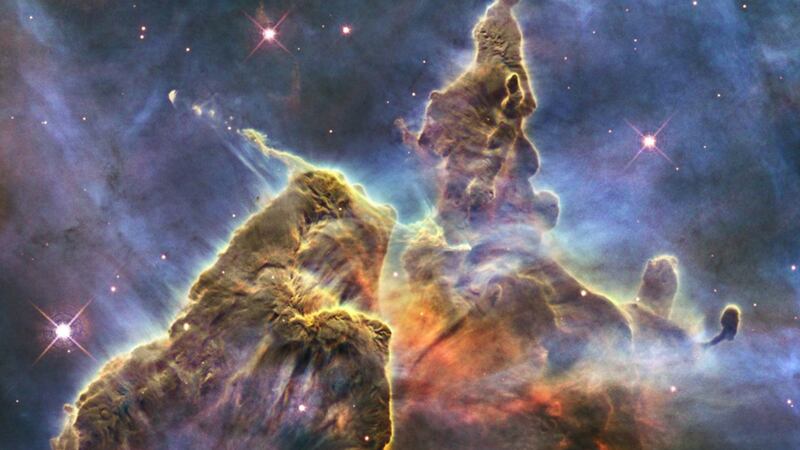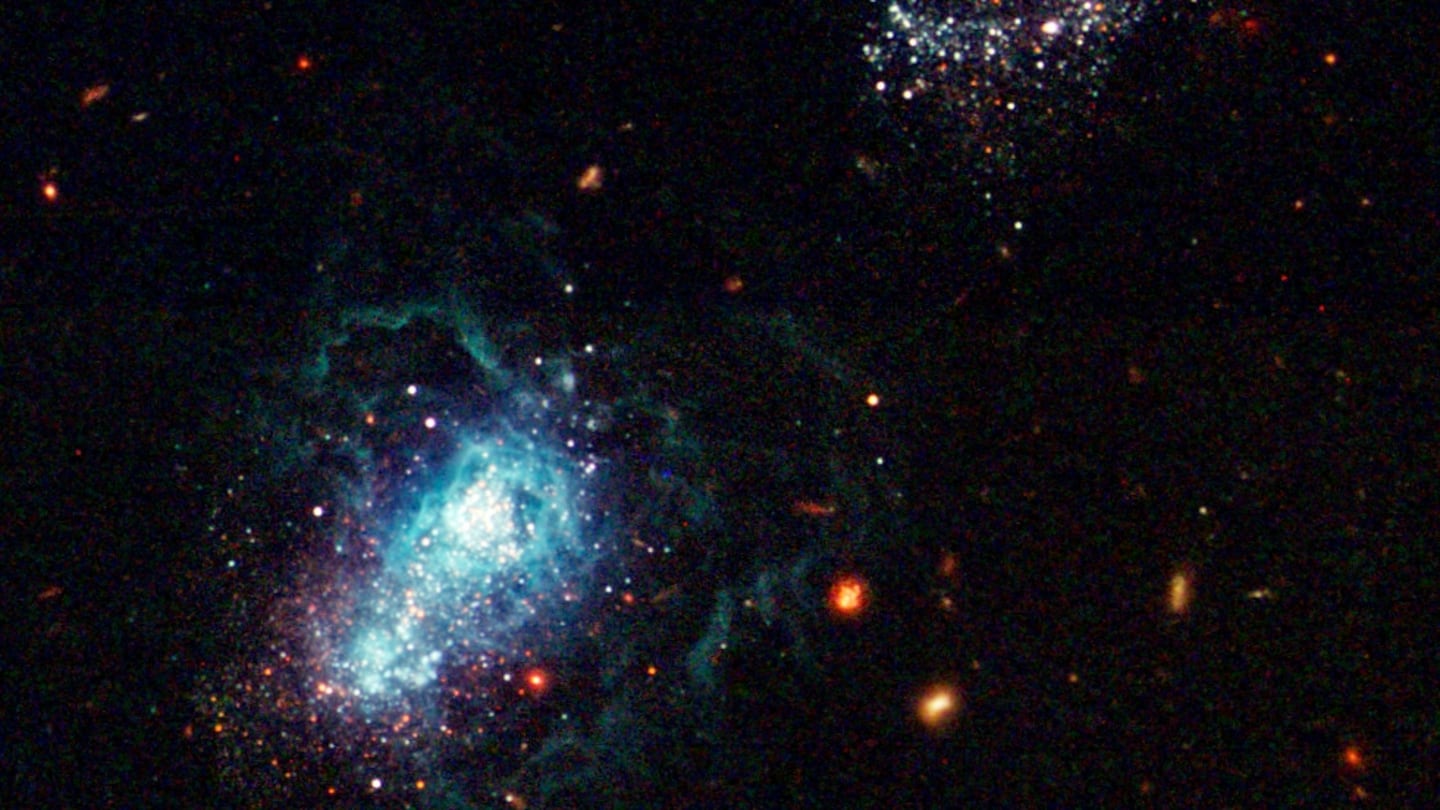NASA is celebrating the 30th anniversary of the Hubble Space Telescope by opening its vault of space photography and giving anyone the chance to see what the orbiting optical telescope saw on their birthday.
Since its launch April 24, 1990, the Hubble Space Telescope has explored the universe 24 hours a day, seven days a week, sending more than 1 million images of planets, stars and galaxies back to Earth.
As part of the celebration, NASA developed an online tool to search its database of images by date. Select your birth month and day, and the generator will show an image taken by the telescope on that date.
The solar-powered Hubble Space Telescope is named for American astronomer Edwin P. Hubble, whose discoveries in the early 1900s helped show that the universe is expanding.
Through its images, scientists have been able to estimate the age of the universe (14 billion years old) and understand how planets and galaxies form.
Cox Media Group









